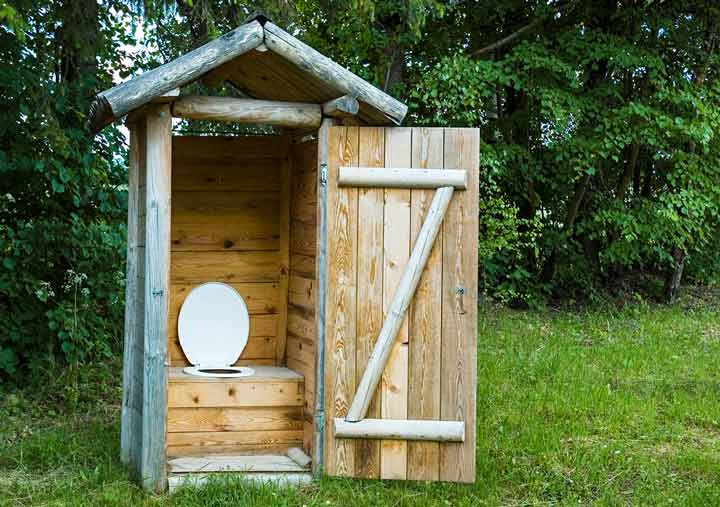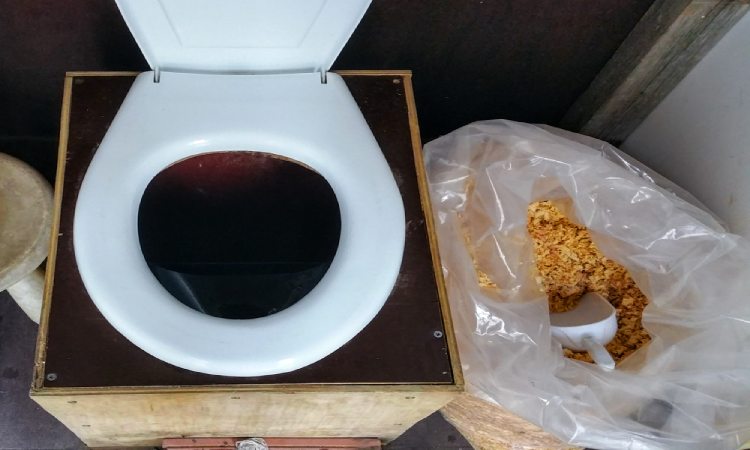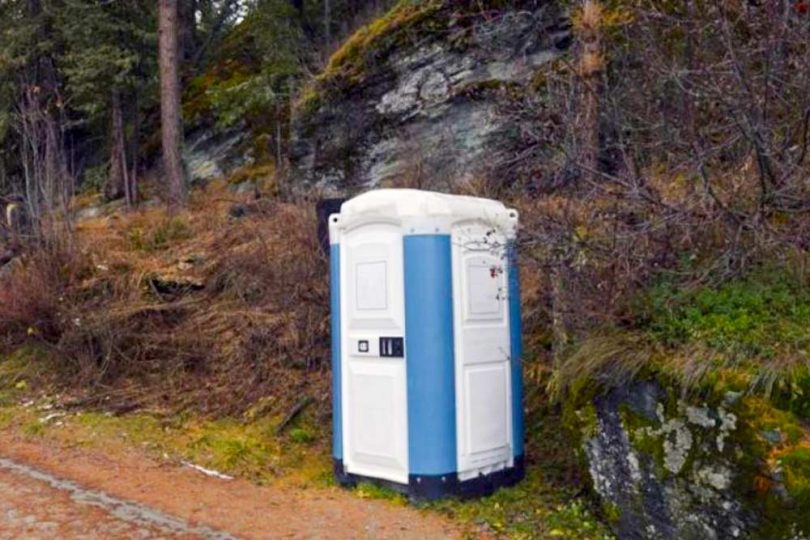As more and more people are being conscious about their impact on the environment, eco-frendly lifestyle is becoming more and more common. As a result, demand for quality
composting toilets is also on the rise. There are so many ways composting AKA No-flush toilets can be beneficial to you.
However, using this type of toilet is a bit tricky. If you’re unsure about how to use composting toilet, this guide will provide you with necessary guideline. Choosing a composting toilet for your bathroom is a decision you’ll never regret if you know how to use it. Let’s figure it out.
How to Use Composting Toilet in 5 Steps

It’ll be easier for you if you have a basic knowledge about the anatomy of a composting toilet and how it works. For those who aren’t familiar, the composting toilet has two sections which are the sit and composting sections.
Sit Section
This is the part of the toilet that you will sit or squat on. It is like your regular toilet seat.
Composting Section
This is the most important part of your composting toilet. It features a storage system for your solid and liquid wastes. It has a hole to separate the liquid from the solid waste. The ventilation system to ensure that there is enough air in the system. This will help to hasten the process of degradation. Finally, a door for taking out the compost.
So, How Do You Use a Composting Toilet?
Step 1
Place a dry peat moss in your toilet before using it for the first time. It helps to reduce bacteria action which causes the toilet to smell.
Step 2
If you’re to urinate, sit on the toilet. Don’t worry about where the liquid goes. It’ll get to the liquid chamber through the holes. This is to ensure that the toilet doesn’t smell when the liquid and solid waste mix. Adding a little water will dilute the liquid waste but will need you to empty it more often.
If you’ll be visiting the toilet for solid waste, engage the trap door lever immediately you sit. This will open the trap door which leads the solid waste to the storage. The reason for engaging the lever after sitting is that it’s the most comfortable position. You can deposit the toilet paper here. Make sure that you use a toilet paper that will degrade very fast.
Step 3
Close the trap door still with the lever when you’re done cleaning yourself. Note that some composting toilets don’t have the closed trap door since the liquid and solid wastes go into the same place.
Step 4
Some of the composite toilet models come with a mechanism for you to stir the waste. Stirring allows the solid waste and the dry peat moss to mix. The fan provides air to dry the solid waste and prevent it from smelling.
Step 5
Empty the liquid waste every 3 to 4 days to keep it from smelling. But empty the solid waste after about 90 uses. You may empty the solid waste into a biodegradable bag since it’ll decay with ease. Also, you can empty it into your compost dump where you’ll use later in your garden.
Add a spoonful of sugar daily to reduce the odor from your liquid waste. And adding a cup of vinegar to the emptied liquid waste container will prevent it from bad smell.
Uses of Compost

The solid waste from your composting toilet can serve as a source of nutrients for your farm. This is something you miss from a flushing toilet. Adding this waste to your garden will enrich it with nitrogen, carbon, potassium, and calcium. This means that you can use the composting toilet waste instead of fertilizer.
Most people prefer composts from compost toilets that allow urine and solid wastes to mix. This is because their nutrient content is higher than those in dried solid wastes. Urine contains Nitrogen, Phosphorus, and Potassium in the ratio of 9:5:7. You know these are the basic nutrients for your soil.
You can also pour the diluted urine directly on your garden plants. There is no difference between composts derived from composting toilets and those from sewage sources.
Conclusion
Composting toilets are very simple to install because they don’t need the services of a plumber. Besides, you’ll not need a high-quality toilet fill valve, and waste water trying to flush it making it ideal in places where water is scarce. When the solid and liquid wastes are separated the toilet has no offensive odor. Yet, you can apply the compost to enrich your soil quality.
Now that you know how to use a composting toilet, you can go with one on your next camping. But, ensure that you read and adhere to the instructions from the manufacturer.








Leave a Comment